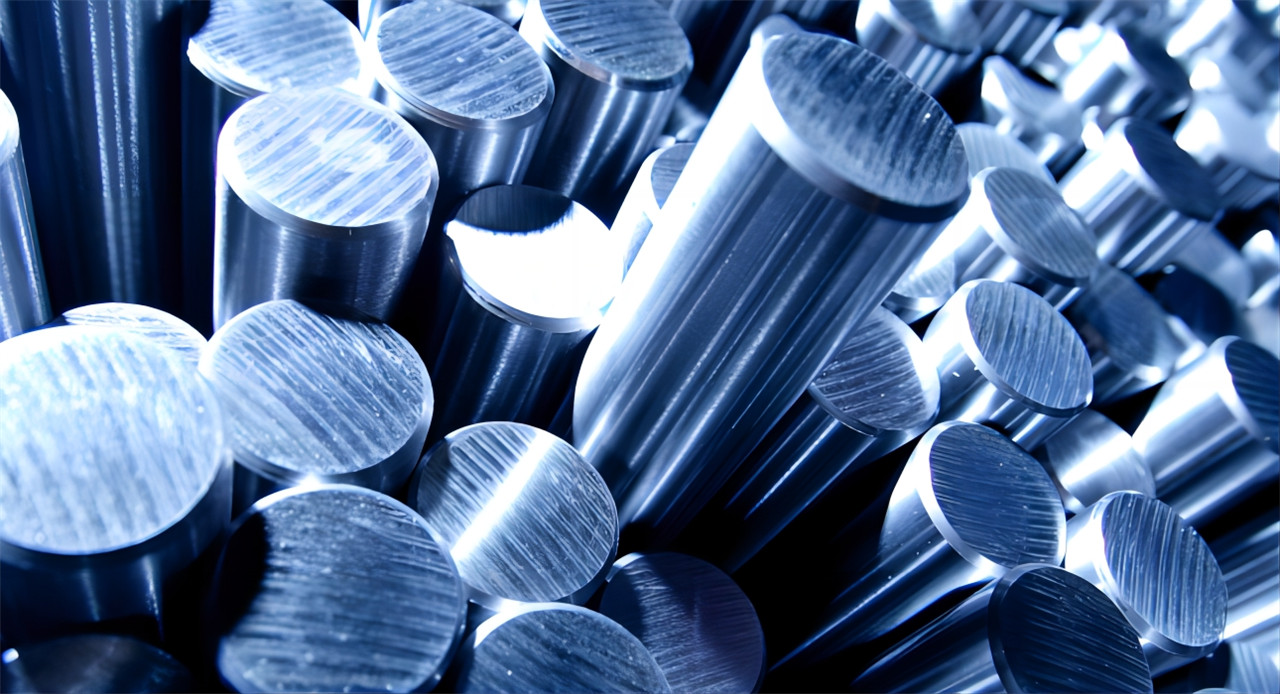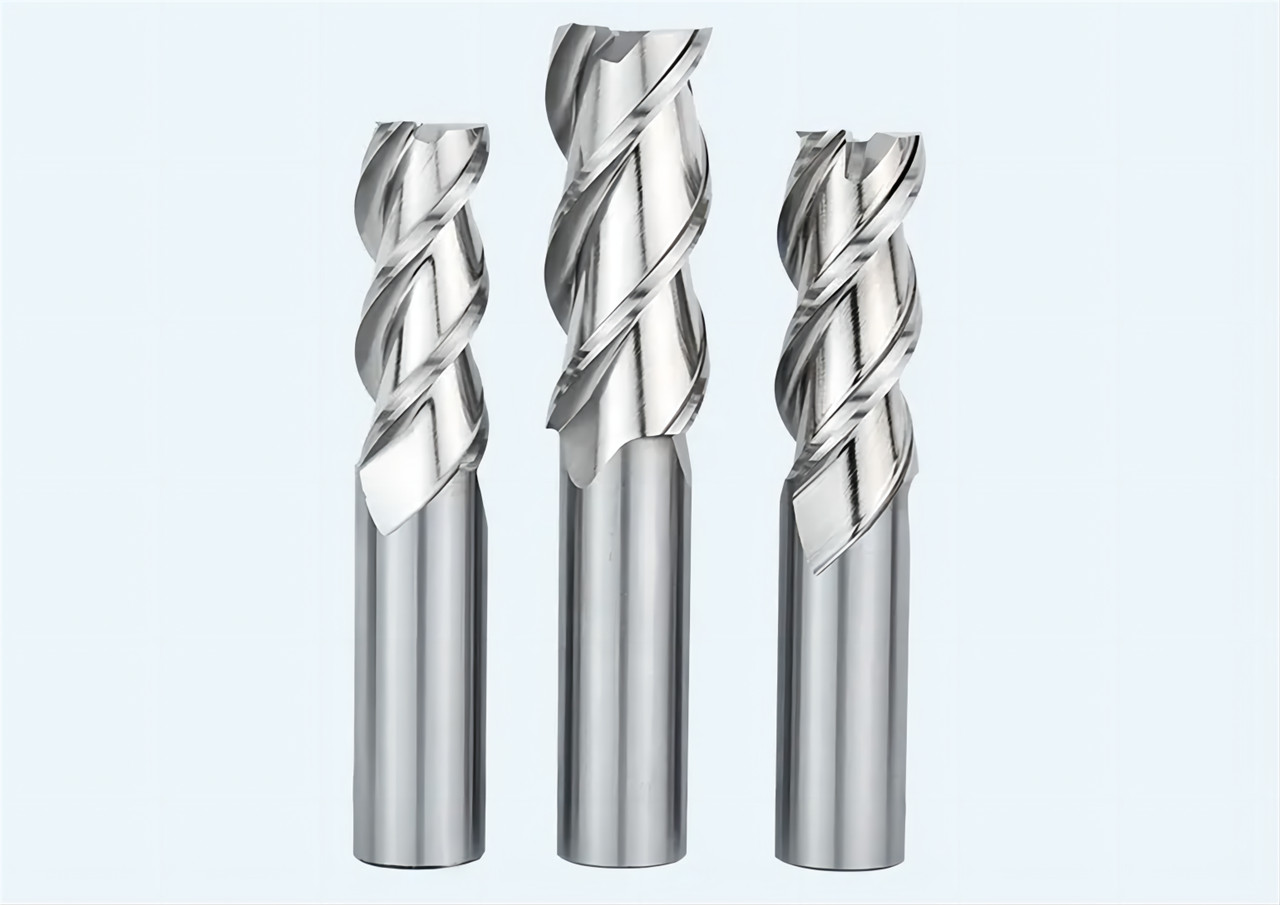HSS, High SpeedSteel, is a kind of tool material that I contact most when I enter the tool industry. Later, we learned that the high speed steel we used at that time should be called "ordinary high speed steel", and there are better properties than it, such as aluminum high speed steel, cobalt high speed steel, etc., which are obviously superior to it in terms of alloy composition, or powder metallurgy high speed steel which is obviously superior to it in terms of smelting method; Of course, there are also so-called "low-alloy high-speed steel" with lower performance.

The high-speed steel tool material mainly consists of two basic components:One is metal carbide (tungsten carbide, molybdenum carbide or vanadium carbide), which gives the tool better wear resistance; The second is the steel matrix distributed around it, which makes the tool have better toughness and the ability to absorb impact and prevent fragmentation
It is found that the grain size of high-speed steel has a great influence on the properties of high-speed steel. Although increasing the amount of metal carbide particles in the steel can improve the wear resistance of the material, with the increase of alloy content, the size of carbide and the number of agglomerates will also increase, which will have an extremely adverse impact on the toughness of the steel, because large carbide clusters may soon become the starting point of cracks. Therefore, foreign countries have carried out research very early to pursue the fine grain of high-speed steel.
In the late 1960s, the powder metallurgy high-speed steel manufacturing process was successfully developed in Sweden and entered the market in the early 1970s. This process can add more alloy elements into the high-speed steel without damaging the strength, toughness or grindability of the material, so that the tool with high hardness, high wear resistance, can absorb cutting impact, and is suitable for high cutting rate processing and intermittent cutting processing can be made. However, it does combine the good toughness of high-speed steel with the high wear resistance of cemented carbide. Due to the fine and uniform distribution of carbide particles in powder metallurgy high-speed steel, its strength and toughness are greatly improved compared with ordinary high-speed steel with the same carbide content. With this advantage, powder metallurgy high-speed steel tools are very suitable for machining occasions with large cutting impact and high metal removal rate (such as flexure cutting, intermittent cutting, etc.). In addition, because the strength and toughness of powder metallurgy high-speed steel will not be weakened by the increase of metal carbide content, steel manufacturers can add a large amount of alloy elements to the steel to improve the performance of tool materials. At the same time, because tungsten (W) resources are strategic resources, and modern cemented carbides use tungsten resources in large quantities, low-tungsten high-speed steel has become a direction of high-speed steel research and development. High-speed steel containing cobalt (HSS-Co) has been developed in a large number in foreign countries. Later, it was recognized internationally that the high-speed steel containing cobalt with more than 2% cobalt content was high performance high-speed steel (HSSE). Cobalt also plays an obvious role in improving the performance of high-speed steel. It can promote carbides to dissolve more in the matrix during quenching and heating, and use high matrix hardness to improve wear resistance. The high speed steel has good hardness, thermal hardness, wear resistance and grindability. The cobalt content of conventional cobalt high-speed steel in the world is usually 5% and 8%. For example, W2Mo9Cr4VCo8 (American brand M42) is characterized by low vanadium content (1%), high cobalt content (8%) and heat treatment hardness of 67-70HRC. However, special heat treatment methods are also adopted to obtain 67-68HRC hardness, which improves its cutting performance (especially intermittent cutting) and improves impact toughness. Cobalt high-speed steel can be made into a variety of tools, which can be used to cut difficult-to-machine materials with good effect. Because of its good grinding performance, it can be made into complex tools, which is widely used internationally. However, China is short of cobalt resources, and the price of cobalt high-speed steel is expensive, about 5-8 times that of ordinary high-speed steel.

Therefore, China has developed aluminum high-speed steel. The grades of aluminum high-speed steel are W6Mo5Cr4V2Al (also known as 501 steel), W6Mo5Cr4V5SiNbAl, W10Mo4Cr4VAL (also known as 5F6 steel), etc., and aluminum (Al), silicon (Si), niobium (Nb) elements are mainly added to improve the thermal hardness and wear resistance. It is suitable for China's resources, and the price is low. The heat treatment hardness can reach 68HRC, and the heat hardness is also good. However, this kind of steel is easy to oxidize and decarburize, and its plasticity and grindability are slightly poor, which still need to be improved.
Post time: Feb-24-2023

